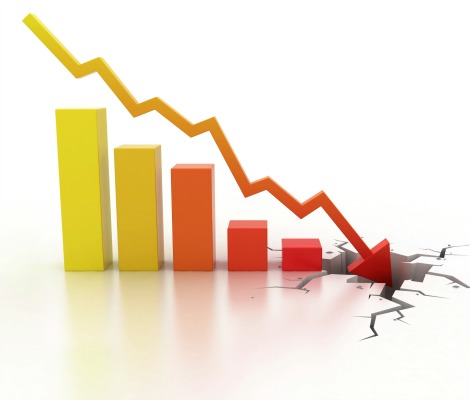 The U.S. Department of Energy (DOE) and its Lawrence Berkeley National Laboratory have released a new report detailing a mixed bag of trends seen in the U.S. wind industry last year.
The U.S. Department of Energy (DOE) and its Lawrence Berkeley National Laboratory have released a new report detailing a mixed bag of trends seen in the U.S. wind industry last year.
According to the 2013 Wind Technologies Market Report, new U.S. wind installations essentially halted last year, again underscoring the importance of policy certainty. Nonetheless, the DOE maintains that the U.S. wind industry remains strong, with the country ranking second worldwide in installed capacity and the cost of U.S. wind power reaching an all-time low.
Some key findings of the report include the following:
– U.S. wind power additions stalled in 2013, with only 1,087 MW of new capacity added and $1.8 billion invested. Wind power installations were just 8% of those seen in the record year of 2012.
– The U.S. fell to sixth place in annual wind additions in 2013 and was well behind the market leaders in wind energy penetration. After leading the world in annual wind power additions from 2005 through 2008 – and then narrowly regaining the lead in 2012 – the U.S. represented only 3% of global additions in 2013. In terms of cumulative capacity, however, the U.S. remained the second leading market, reaching 61 GW – equal to 4.5% of the country's total electrical demand.
– The report says the manufacturing supply chain experienced substantial growing pains. With recent cost-cutting moves, the profitability of turbine suppliers rebounded in 2013 after a number of years in decline. Five of the 10 turbine suppliers with the largest share of the U.S. market had one or more domestic manufacturing facilities at the end of 2013. According to the report, nine years earlier, there was only one active utility-scale turbine manufacturer assembling nacelles in the U.S. Domestic nacelle assembly capability stood at roughly 10 GW in 2013, and the U.S. also had the capability of producing approximately 7 GW of blades and 8 GW of towers annually. Despite the significant growth in the domestic supply chain over the last decade, the report says prospects for further expansion have dimmed. More domestic wind manufacturing facilities closed in 2013 than opened. Additionally, the entire wind energy sector employed 50,500 full-time workers in the U.S. at the end of 2013, a deep reduction from the 80,700 jobs reported for 2012. With significant wind installations expected in 2014 and 2015, turbine orders have now rebounded. But the report says that with uncertain demand after 2015, manufacturers have been hesitant to commit additional resources to the U.S. market.
– Wind technology continues to advance. The report says turbine nameplate capacity, hub height and rotor diameter have all increased significantly over the long term. The average nameplate capacity of newly installed wind turbines in the U.S. in 2013 was 1.87 MW, up 162% since 1998-1999. The average hub height in 2013 was 80 meters, up 45% since 1998-1999, while the average rotor diameter was 97 meters, up 103% since 1998-1999.
– Wind turbine prices remained well below levels seen several years ago. After hitting a low of roughly $750/kW from 2000 to 2002, average turbine prices increased to more than $1,500/kW by the end of 2008. The report says wind turbine prices have since dropped substantially. Recently announced turbine transactions have often been priced in the $900-$1,300/kW range. The report says these price reductions, coupled with improved turbine technology and more-favorable terms for turbine purchasers, have exerted downward pressure on total project costs and wind power prices.
– The report says wind power purchase agreement (PPA) prices have reached all-time lows in the U.S. After topping out at nearly $70/MWh for PPAs executed in 2009, the national average levelized price of wind PPAs that were signed in 2013 fell to around $25/MWh nationwide, a new record. Notably, the average price stream of wind PPAs executed in 2013 also compares favorably to a range of projections of the fuel costs of gas-fired generation extending out through 2040.
Looking forward, the report predicts that because the production tax credit is available for projects that initiated construction by the end of 2013, significant new builds are anticipated in 2014 and 2015. Near-term wind additions will also be driven by the recent improvements in the cost and performance of wind power technologies, leading to the lowest power sales prices yet seen in the U.S. wind sector. However, the report says the outlook for 2016 and beyond is much less clear, due mainly to federal policy uncertainty.
In a press release announcing the report, DOE Secretary Ernest Moniz says, "As a readily expandable, domestic source of clean, renewable energy, wind power is paving the way to a low-carbon future that protects our air and water while providing affordable, renewable electricity to American families and businesses.
"However, the continued success of the U.S. wind industry highlights the importance of policies like the production tax credit that provide a solid framework for America to lead the world in clean energy innovation while also keeping wind manufacturing and jobs in the U.S."
The full 2013 Wind Technologies Market Report is available HERE.



